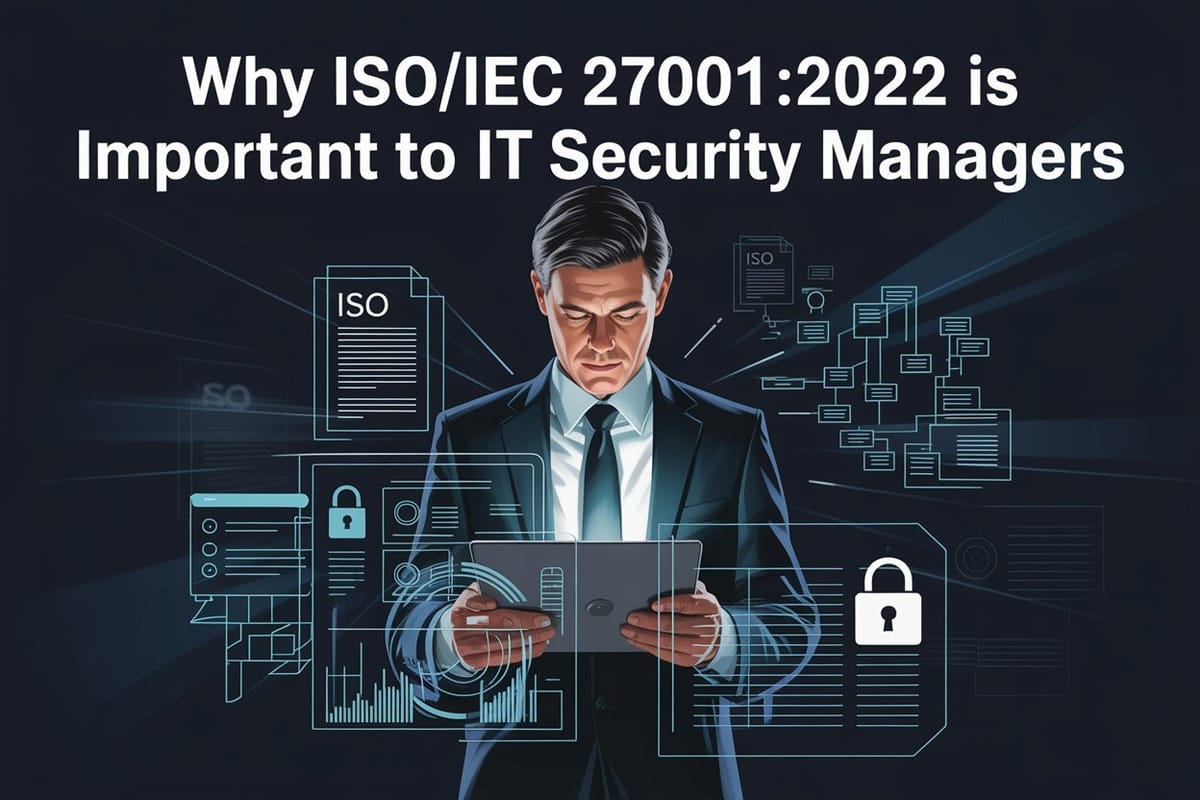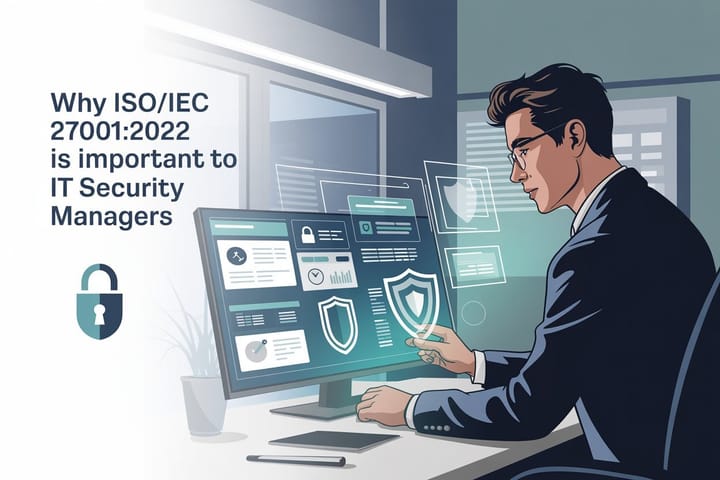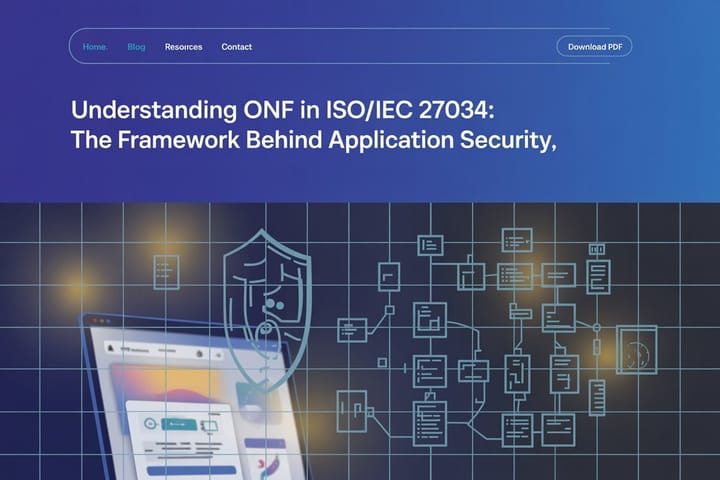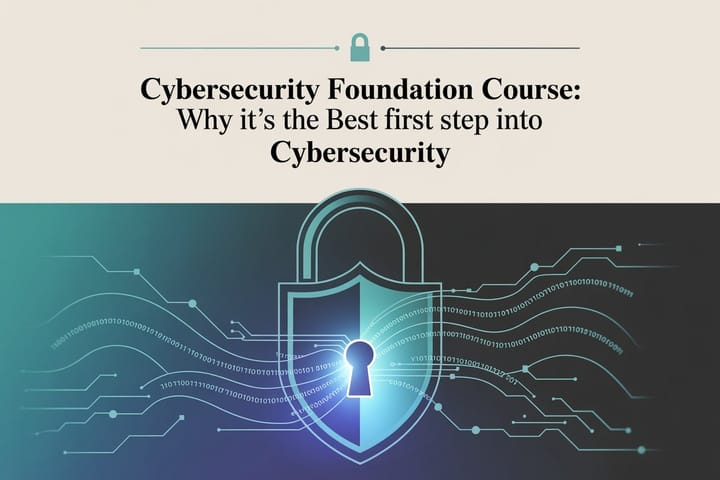Why ISO/IEC 27001:2022 Is Important to IT Security Managers

At a time when cyberattacks are on the rise in sophistication and number, the position of the IT Security Manager is more important than ever before. Each and every choice they make, technology deployment, policy establishment, vendor control, has a direct impact on the security posture of the organization. One tool which the IT security executives use to drive strong governance is the ISO/IEC 27001 standard, the world standard for Information Security Management Systems (ISMS).
With the publication of ISO/IEC 27001:2022, organizations are now required to revisit how their systems continue to meet changing security needs. This new ISO 27001 release brings key changes that IT security managers should be aware of, take action on, and implement throughout their organization. Here, we discuss what's new in ISO/IEC 27001:2022, its effects on IT security operations, and why it's crucial to remain compliant and resilient in today's threat environment.
Comprehension of ISO/IEC 27001:2022, A Quick Overview
ISO/IEC 27001 is a globally accepted standard for setting up, implementing, maintaining, and constantly improving an Information Security Management System. It enables organizations to manage and protect information assets efficiently through systematic policies, controls, and risk-based thinking.
The 2022 update to the standard marks the first significant revision in almost a decade. It more closely mirrors the contemporary threat landscape, brings new and updated controls, and better aligns with other ISO standards.
For IT Security Managers, this revision isn't only a regulatory necessity, it's a roadmap for improved risk management, active security, and organizational compliance.
Major Changes IT Security Managers Need to Understand
1. Annex A Control Restructuring
One of the most visible shifts in ISO/IEC 27001:2022 is the reorganization of controls from 14 areas and 114 controls to 4 control themes and 93 controls. The new themes are:
- Organizational Controls
- People Controls
- Physical Controls
- Technological Controls
The organization is more straightforward and easier to use on a day-to-day basis, particularly in hybrid or cloud-native setups.
2. New Security Controls Added
The 2022 release brings 11 new controls that have direct bearing on IT security processes. They include:
- Threat Intelligence
- Data Masking
- Secure Coding
- Monitoring Activities
- Information Security for Use of Cloud Services
- ICT Readiness for Business Continuity
These new additions capture increasing demand for cyber resilience and underscore the significance of operation visibility, secure development practices, and proactive defense.
3. Greater Emphasis on Business Continuity and Supplier Risk
With world-wide growth in supply chain hacks and third-party data breaches, the ISO 27001 revision broadens its focus to supplier relationship management and continuity planning, two processes in which IT security teams have a critical impact.
Why the ISO/IEC 27001:2022 Update Matters to IT Security Managers
1. Ensures Your Organization Remains ISO Compliant
As an IT Security Manager, one of your core responsibilities is maintaining ISO compliance. If your organization is certified under the 2013 version, you’ll need to transition to ISO/IEC 27001:2022 before October 2025.
Failing to comply may lead to a lapse in certification, reputational risks, and loss of business opportunities, especially in sectors where certification is a procurement requirement.
2. Supports Risk-Based Decision-Making
The updated standard calls for increased alignment between ISMS and risk management. With the addition of threat intelligence and a more structured way of assessing risk, IT security leaders have a chance to make smarter, faster choices.
It also enables improved communication with executives and board members by linking technical threats to business results, a critical step in obtaining security budgets and building awareness.
3. Enhances Incident Response and Resilience
The ISMS methodology under ISO 27001 now places more emphasis on incident monitoring, ICT readiness, and continuous improvement, domains spearheaded and owned by IT security groups.
By integrating resilience fundamentals and automated monitoring into your ISMS, you achieve faster detection, improved reporting, and quicker recovery, key KPIs to any contemporary security program.
4. Facilitates Secure Cloud and Digital Transformation
As increasing numbers of organizations transition to cloud environments, the 2022 release provides explicit guidance for securing cloud services. The standard itself now specifically includes references to controls for accessing the cloud, identity management, and third-party platforms.
This allows IT security leaders to more effectively map and track data flow through complex ecosystems and enable digital transformation projects without weakening security.
How to Approach the ISO 27001:2022 Transition Strategically
For IT security managers, this is not just a checklist, it's a strategic chance to enhance your overall security posture.
Step 1: Conduct a Gap Analysis
Compare your existing ISMS with the 2022 revision. Check for missing or stale policies, stale documentation, and newly mandated controls.
Step 2: Engage with Stakeholders
Gather the compliance, HR, IT operations, and legal departments to walk through the required updates. ISO 27001 implementation is a cross-functional initiative, and buy-in from leadership will ease your transition.
Step 3: Update Risk Assessments
Go back through your risk register and controls matrix to integrate the ISO 27001 update. Add threat intelligence, cloud security controls, and software development risks.
Step 4: Invest in Training
Make sure you and your team are current with the new standard. Formal ISO/IEC 27001 Transition Training gives security leaders a comprehensive grasp of every transition.
Explore our ISO/IEC 27001 Transition Training Course
CourseMonster Provides Comprehensive Courses to Assist IT Professionals and Managers in Migrating Confidently
Key Advantages of ISO/IEC 27001:2022 for IT Security Managers
Future-Proofed Security Policies
Align security practices with the new threat environment and enable secure expansion.
Better Communication with Executives
Communicate technical risks in terms of business impact using defined risk frameworks.
Better Alignment with Business Strategy
Enable business objectives for compliance, trust, and operational efficiency.
Clear Role Definition and Accountability
More clearly define security roles between teams, allowing for more straightforward delegating and auditing of controls.
Preparedness for Emerging Threats
With more emphasis on monitoring and resiliency, your team will be best prepared to weather future challenges.
Final Thoughts: Lead the Transition with Confidence
You're the key to your organization's cybersecurity resilience as an IT Security Manager. The ISO 27001 revision isn't a compliance effort only, it's an opportunity to streamline, fill control gaps, and future-proof your organization's security stance.
By proactively going through the ISO/IEC 27001:2022 transition, you align your systems, employees, and policies with international best practices. You also become a strategic business leader who's not only safeguarding data, but facilitating business trust and expansion.
Struggling to Adapt to the New Standard?
CourseMonster's ISO/IEC 27001 Transition Training is tailored specifically for IT professionals such as yourself, IT managers, CISOs, auditors, and compliance teams, to gain clarity, confidence, and control over the new requirements.
Enroll in our ISO/IEC 27001 Transition Training Course Today
Take charge of your ISO compliance journey and lead your organization toward smarter security.




Comments ()